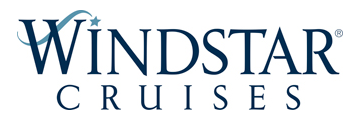This site uses cookies as defined in our Cookie Policy, by continuing to use this site you agree to their use.
Continue
| Arrive | Depart | ||||||
| 5th05 | JanJan | 202424 | Auckland, New Zealand, embark on the Star Breeze | 17:00 | |||
| Auckland is called the City of Sails, and visitors flying in will see why. On the East Coast is the Waitemata Harbour—a Māori word meaning sparkling waters—which is bordered by the Hauraki Gulf, an aquatic playground peppered with small islands where many Aucklanders can be found "mucking around in boats."Not surprisingly, Auckland has some 70,000 boats. About one in four households in Auckland has a seacraft of some kind, and there are 102 beaches within an hour's drive; during the week many are quite empty. Even the airport is by the water; it borders the Manukau Harbour, which also takes its name from the Māori language and means solitary bird.According to Māori tradition, the Auckland isthmus was originally peopled by a race of giants and fairy folk. When Europeans arrived in the early 19th century, however, the Ngāti-Whātua tribe was firmly in control of the region. The British began negotiations with the Ngāti-Whātua in 1840 to purchase the isthmus and establish the colony's first capital. In September of that year the British flag was hoisted to mark the township's foundation, and Auckland remained the capital until 1865, when the seat of government was moved to Wellington. Aucklanders expected to suffer from the shift; it hurt their pride but not their pockets. As the terminal for the South Sea shipping routes, Auckland was already an established commercial center. Since then the urban sprawl has made this city of approximately 1.3 million people one of the world's largest geographically.A couple of days in the city will reveal just how developed and sophisticated Auckland is—the Mercer City Survey 2012 saw it ranked as the third-highest city for quality of life—though those seeking a New York in the South Pacific will be disappointed. Auckland is more get-up and go-outside than get-dressed-up and go-out. That said, most shops are open daily, central bars and a few nightclubs buzz well into the wee hours, especially Thursday through Saturday, and a mix of Māori, Pacific people, Asians, and Europeans contributes to the cultural milieu. Auckland has the world's largest single population of Pacific Islanders living outside their home countries, though many of them live outside the central parts of the city and in Manukau to the south. The Samoan language is the second most spoken in New Zealand. Most Pacific people came to New Zealand seeking a better life. When the plentiful, low-skilled work that attracted them dried up, the dream soured, and the population has suffered with poor health and education. Luckily, policies are now addressing that, and change is slowly coming. The Pacifica Festival in March is the region's biggest cultural event, attracting thousands to Western Springs. The annual Pacific Island Secondary Schools’ Competition, also in March, sees young Pacific Islander and Asian students compete in traditional dance, drumming, and singing. This event is open to the public.At the geographical center of Auckland city is the 1,082-foot Sky Tower, a convenient landmark for those exploring on foot and some say a visible sign of the city's naked aspiration. It has earned nicknames like the Needle and the Big Penis—a counterpoint to a poem by acclaimed New Zealand poet James K. Baxter, which refers to Rangitoto Island as a clitoris in the harbor.The Waitemata Harbour has become better known since New Zealand staged its first defense of the America's Cup in 2000 and the successful Louis Vuitton Pacific Series in early 2009. The first regatta saw major redevelopment of the waterfront. The area, where many of the city's most popular bars, cafés, and restaurants are located, is now known as Viaduct Basin or, more commonly, the Viaduct. A recent expansion has created another area, Wynyard Quarter, which is slowly adding restaurants.These days, Auckland is still considered too bold and brash for its own good by many Kiwis who live "south of the Bombay Hills," the geographical divide between Auckland and the rest of New Zealand (barring Northland). "Jafa," an acronym for "just another f—ing Aucklander," has entered the local lexicon; there's even a book out called Way of the Jafa: A Guide to Surviving Auckland and Aucklanders. A common complaint is that Auckland absorbs the wealth from the hard work of the rest of the country. Most Aucklanders, on the other hand, still try to shrug and see it as the parochial envy of those who live in small towns. But these internal identity squabbles aren't your problem. You can enjoy a well-made coffee in almost any café, or take a walk on a beach—knowing that within 30 minutes' driving time you could be cruising the spectacular harbor, playing a round at a public golf course, or even walking in subtropical forest while listening to the song of a native tûî bird. The first thing to notice when you see Auckland is the 1,076-foot-high Sky Tower, the tallest free-standing structure in the Southern Hemisphere offering amazing panoramic views. The area was settled by the Maori around 1350 and was settled by Europeans in the early 1800s. The land here is rich and fertile and the economy is good. Take a ferry to Waiheke Island, known for its beaches, forests, vineyards and olive groves or stroll along Ponsonby Street known for arts, cafes, culture and historic villas. | |||||||
| 6th06 | JanJan | 202424 | At Sea | ||||
| 7th07 | JanJan | 202424 | Gisborne, New Zealand | 07:00 | 23:59 | ||
| With a population of around 35,000 and located on the north island, Gisborne exudes history at every turn. Maori for “Great standing place of Kiwa”, Kiwa was a leading figure aboard the Maori ancestral canoe, Takitimu, which ran aground in Gisborne around 1450 AD. After landing, Kiwa became a coastal guardian, eventually marrying Parawhenuamea, the keeper of the streams. The union point of three rivers and the first place to see the sun, the city is filled with light and laugher and gracefully squeezes surfer’s beaches with the district’s colonial past. Captain Cook made his first landfall here, John Harris set up his first trading station in the then village and today, Gisborn is the major centre of Maori cultural life.Suffice to say then that the city is a watery wonderland. With its picture perfect beaches, what savvy traveller does not want to add being among the first people in the world to say they have watched the sky change colour as the sun bursts from out of the sea. A place of nature, spectacular beach cliff views are all just part and parcel of everyday life here, and easy walks from the centre of town to the Titirangi Reserve will award you with yet more unbelievable 180˚ vistas from Poverty Bay to Gisborne City; stretch your eyes with the panorama, while stretching your legs on one of the many enjoyable walks.A perfect place to stroll, amble and wander, like much of New Zealand Gisborne keeps a healthy respect for history and nature and enjoys a very laid back feel. Known for its surf beaches, like Makorori or Midway, and wineries, the unofficial "Chardonnay Capital of New Zealand," Gisborne has a delightful wine trail that leads to boutique wineries. Maori culture can be seen here at the Tairawhiti Museum, Titirangi Reserve and Te Pho-o-Rawiri. Gisborne is also known for some amazing food. | |||||||
| 8th08 | JanJan | 202424 | Napier, New Zealand | 08:00 | 15:00 | ||
| The earthquake that struck Napier at 10:46 am on February 3, 1931, was—at 7.8 on the Richter scale—the largest quake ever recorded in New Zealand. The coastline was wrenched upward several feet. Almost all the town's brick buildings collapsed; many people were killed on the footpaths as they rushed outside. The quake triggered fires throughout town, and with water mains shattered, little could be done to stop the blazes that devoured the remaining wooden structures. Only a few buildings survived (the Public Service Building with its neoclassical pillars is one), and the death toll was well over 100.The surviving townspeople set up tents and cookhouses in Nelson Park, and then tackled the city's reconstruction at a remarkable pace. In the rush to rebuild, Napier went mad for art deco, the bold, geometric style that had burst on the global design scene in 1925. Now a walk through the art deco district, concentrated between Emerson, Herschell, Dalton, and Browning streets, is a stylistic immersion. The decorative elements are often above the ground floors, so keep your eyes up. The small, charming and lively seaside resort of Napier is famous for its Art Deco architecture like the zigzag-patterned Daily Telegraph Building and the nearby fruit and Hawke's Bay wine-growing region. It is the largest wool-exporting port in New Zealand with a lovely tree-lined waterfront promenade, home of the Pania of the Reef statue of a Maori maiden, the symbol of the city. | |||||||
| 9th09 | JanJan | 202424 | Wellington, New Zealand | 09:00 | 19:00 | ||
| New Zealand's capital is, arguably, the country's most cosmopolitan metropolis. It's world-class Te Papa Tongarewa-Museum of New Zealand is a don't-miss attraction, and the burgeoning film industry led, of course, by the Lord of the Rings extravaganzas has injected new life into the local arts scene. Attractive and compact enough to be explored easily on foot, Wellington is a booming destination. Modern high-rise buildings gaze over Port Nicholson, surely one of the finest natural anchorages in the world. Known to local Māori as The Great Harbor of Tara, its two massive arms form the jaws of the fish of Maui from Māori legend. Sometimes referred to as the windy city, Wellington has been the seat of New Zealand's government since 1865. The inviting compact capital of New Zealand has a waterfront promenade, sandy beaches, an interesting working harbor and colorful wood houses in the surrounding hills. Strong winds frequently through the strait here have given it the nickname "Windy Wellington." Work in a visit to Te Papa, an interactive and innovative national museum that showcases Maori culture, art heritage and the fascinating history of New Zealand. | |||||||
| 10th10 | JanJan | 202424 | Picton, New Zealand | 07:00 | 17:00 | ||
| The maritime township of Picton (population 4,000) lies at the head of Queen Charlotte Sound and is the arrival point for ferries from the North Island, as well as a growing number of international cruise ships. It plays a major role in providing services and transport by water taxi to a multitude of remote communities in the vast area of islands, peninsulas, and waterways that make up the Marlborough Sounds Maritime Park. There's plenty to do in town, with crafts markets in summer, historical sights to see, and walking tracks to scenic lookouts over the sounds. The main foreshore is lined by London Quay, which looks up Queen Charlotte Sound to the bays beyond. High Street runs down to London Quay from the hills, and between them these two streets make up the center of town. Picton is the starting point for exploring the Marlborough region of New Zealand and their delicious sauvignon blanc wines. Tiny and picturesque, Picton is ideal for the naturalist or the foodie. Hike or bike along the 43-mile Queen Charlotte Track, explore the nearby wildlife sanctuaries, indulge your taste buds with refreshing white wine and taste the famous green-lipped mussels indigenous to Marlborough Sounds. | |||||||
| 11th11 | JanJan | 202424 | Kaikoura, New Zealand | 08:00 | 18:00 | ||
| Known for its abundant wildlife, Kaikoura is the place to go if you want to see sperm whales, New Zealand fur seals and dolphins who live year-round in the coastal waters here. The Kaikoura Peninsula Walkway will take you from the town center to impressive lookout points at Point Kean. Make sure to try a plate of their well-known crayfish and check out the Fyffe House and Museum, built on a whale bone foundation. | |||||||
| 12th12 | JanJan | 202424 | Lyttelton, New Zealand, disembark the Star Breeze | 08:00 | |||
| Your initial impression of Christchurch will likely be one of a genteel, green city. Joggers loop through shady Hagley Park, and punters ply the narrow Avon River, which bubbles between banks lined with willows and oaks. With a population approaching 350,000, Christchurch is the largest South Island city, and the second-largest in the country. It is also the forward supply depot for the main U.S. Antarctic base at McMurdo Sound. The face of Christchurch is changing rapidly, fueled by both internal and international immigration. The Māori community, although still below the national average in size, is growing. Ngai Tahu, the main South Island Māori tribe, settled Treaty of Waitangi claims in 1997 and have been investing in tourism ventures. Old wooden bungalows are making way for town houses, the arts scene is flourishing, and the city's university attracts cutting-edge technology companies. In short, there's plenty of fresh energy percolating underneath the English veneer. If Dunedin is a bit of Scotland then Christchurch is a bit of England, right down to the Avon River flowing through the city and its plethora of parks and gardens. The Botanical Garden is well worth a trip, or set your sights on a different terrain. This city has been a gateway to the Antarctic since the early 1900s and you can gain insight into the frozen frontier at the International Antarcrtic Center. | |||||||







The images shown are for illustration purposes only and may not be an exact representation of what you find on the ship.
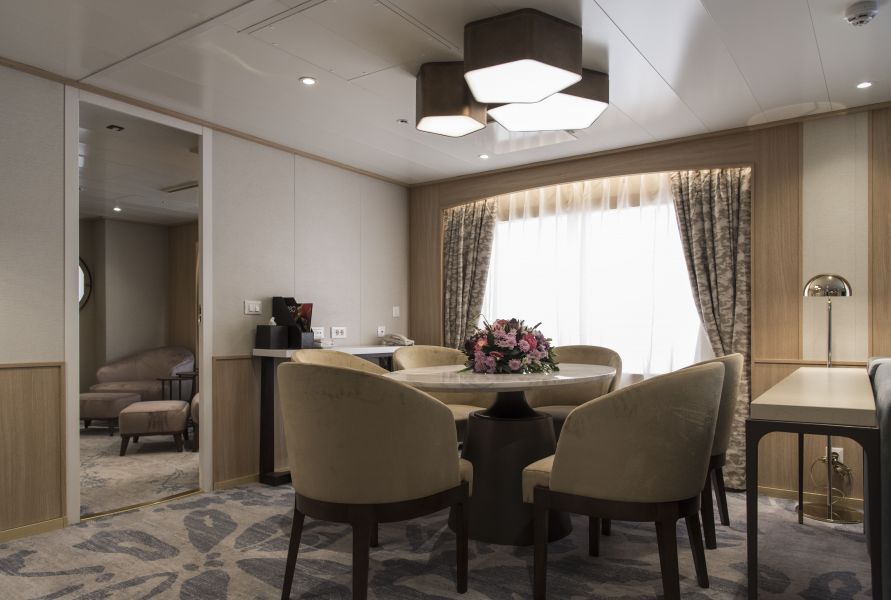
| Grade Code | From | To | |
| OW | Owner's Suite | £7,140 | £7,140 |
A stunning brand new owner's suites with 820 square feet of space featuring two bedrooms and two bathrooms, a verandah, and plenty of space in the sitting area for entertaining. This is the most sought after suite on the entire ship and once you stay here, you'll never stay anywhere else.
Amenities
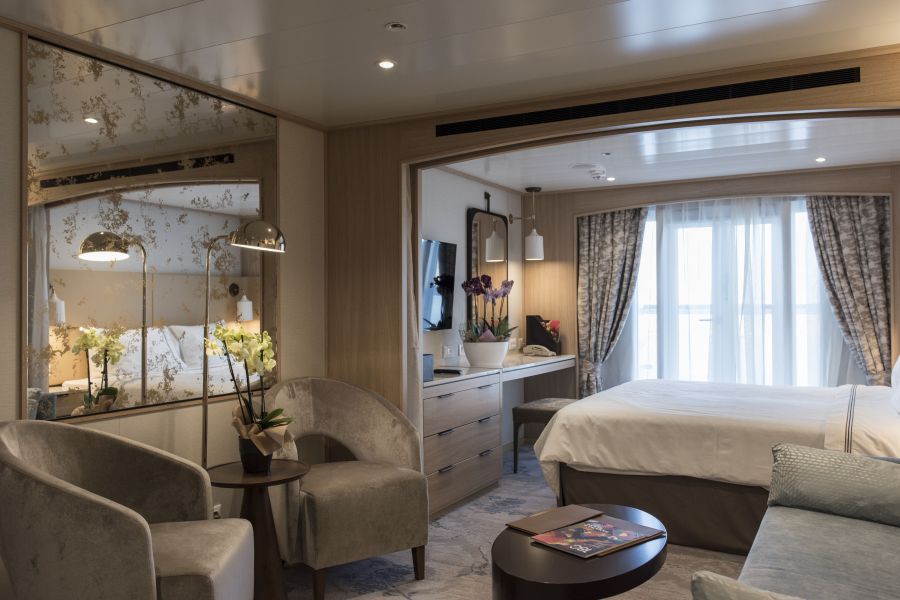
| Grade Code | From | To | |
| SBS | Star Balcony Suite (Deck 5) | £4,295 | £4,295 |
As soon as you walk through the door, you’re greeted with an open living area for a more welcoming entrance. Drift off to sleep by the window in your queen bed as you watch the same stars that sailors used to navigate the seas hundreds of years ago.
Amenities
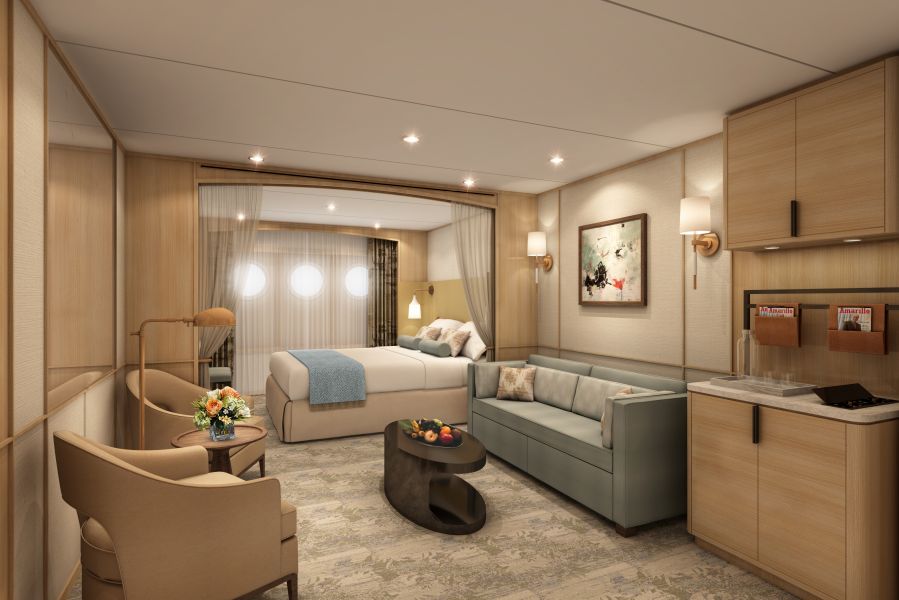
These rooms represent a nod to the sailing tradition of porthole windows. And while sailors might have had cramped quarters, your 277 square foot stateroom is wonderfully spacious and furnished with all the modern amenities and comforts of home.
Amenities
The images shown are for illustration purposes only and may not be an exact representation of what you find on the ship.
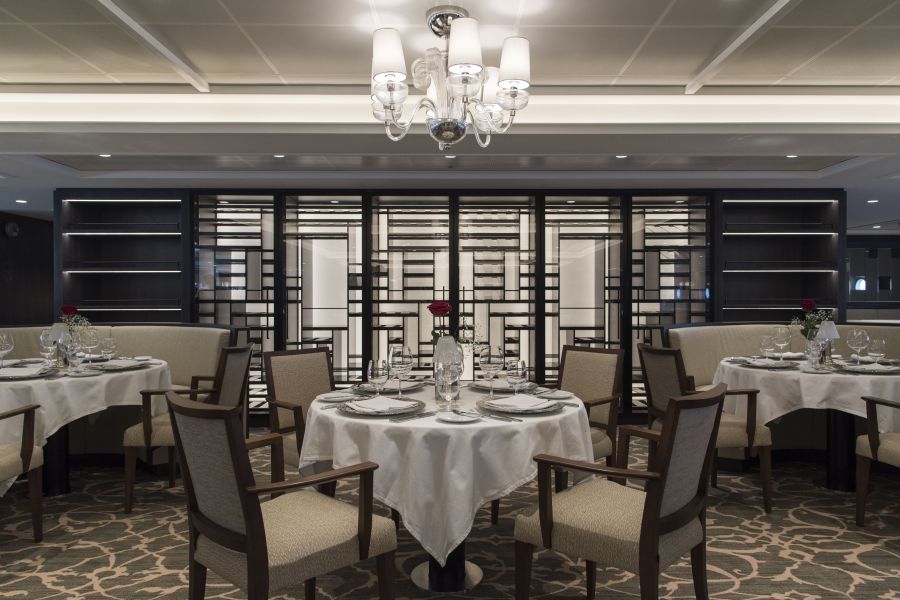
Here, the dining room manager seats you, but where is your decision. There are no pre-assigned tables or first or second seatings. When you dine and with whom are entirely up to you. Seating usually begins at 6:30 p.m. and will be printed in the ship's daily program. Each delightful dish is prepared exactly to your liking – an exquisite dinner served course-by-course with a fine selection of vintage wines.
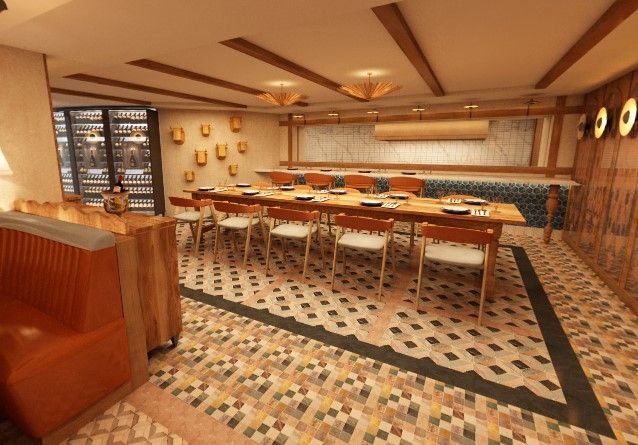
Savour flavours of Spanish local culture as you dine in intimate surroundings that encourage sharing and camaraderie by ten-time Michelin-starred Chef Anthony Sasso. With seating for 38 including a chef’s counter and communal table, it’s an inventive take on modern Spanish cuisine. (Coming Soon, Star Plus Class ships only)
"I've spent a lifetime studying Spanish food and culture, working in several Catalan kitchens, traveling the Iberian landscape, and learning from the masters: Adria, Roca, Ruscelada, Santimaria, Dali, Picasso, Miro! It's led to some of the most acclaimed and recognized Spanish food in America. This new venture with Windstar will be the perfect vehicle to transport all of those flavors back to the sea where they were born and I'm extrememly excited in going along for the ride, back to where it all started."
CHEF ANTHONY SASSO
Anthony spent time in Spain’s Costa Brava at renowned restaurant El Celler de Can Rocca before becoming head chef at Casa Mono where he earned the restaurant a Michelin star 10 individual times. A James Beard Foundation-recognized chef, he hosted Windstar’s James Beard Foundation: Spanish Symphony culinary cruise in summer 2018

THE MOST INVENTIVE, MODERN GRILL AT SEA.
You can tell a lot about a culture by the way it grills. You’ll find all your traditional grilled and barbecued favorites (and discover new dishes from around the globe) at Star Grill by Steven Raichlen — our upcoming casual outdoor restaurant brought to you in partnership with the man who reinvented barbecue.
For Raichlen, a multi-award-winning writer, lecturer and international TV host, barbecue isn’t a pastime, it’s a calling. The founder of Barbecue University and Barbecue Hall of Famer hosts the popular Project Fire and Project Smoke shows on Public Television. His 31 books — many of them New York Times bestsellers — have won five James Beard Awards and three IACP / Julia Child Awards and have been translated into 17 languages.
Soon you can taste for yourself where Raichlen’s curiosity for world barbecue takes him. Just steps away from the popular Star Bar, the Star Grill by Steven Raichlen offers alfresco dining with seating for 95 on the top deck to take in the ocean breeze and views. Experience traditional and world barbecue with a modern twist, from maple sriracha chicken wings to Danish smoked shrimp, from Hill Country brisket to lemongrass pork — or on sea days, enjoy a mid-morning Frühschoppen with artisanal grilled sausage and pretzel rolls. Served with a sea view!
ABOUT STEVEN RAICHLEN
Steven Raichlen hosts the popular TV shows Steven Raichlen’s Project Fire and Project Smoke, Primal Grill, and Barbecue University on Public Television. He stars in three French language TV shows and an Italian show, Steven Raichlen Grills Italy, which airs on Gambero Rosso. The author of 31 books, many of them award-winners, Raichlen wrote the international blockbusters: The Barbecue Bible, How to Grill, Planet Barbecue, and Project Smoke. He founded Barbecue University and has lectured on the history of barbecue at Harvard, the Smithsonian Institution, and the Library of Congress.
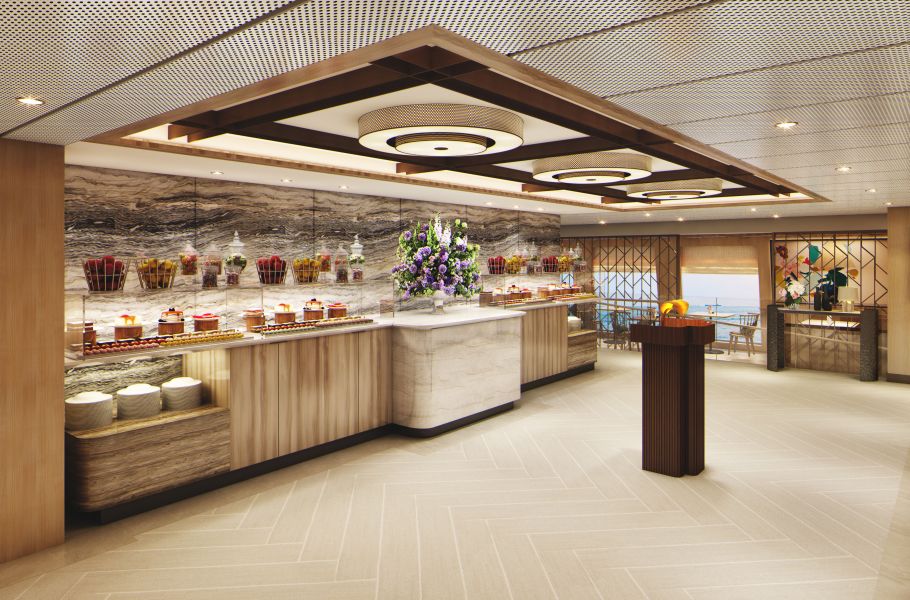
It's breakfast alfresco, full service or buffet-style, anytime till 9:30 a.m. No need to hurry. Again, the choices are many in Veranda. Choose the sumptuous, seemingly endless buffet. Or, order from the lunch menu between noon and 2:30 p.m.
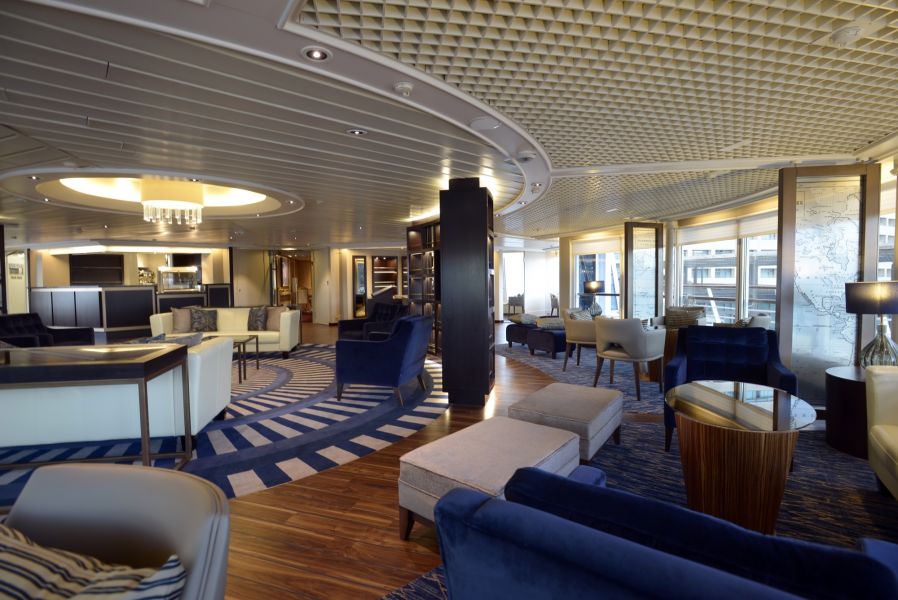
Certainly a Windstar favourite, The Yacht Club is the perfect place if you want to enjoy some casual dining. Serving gourmet sandwiches, snacks and beverages, all the food is prepared to your liking and is presented in impeccable Windstar style.
The images shown are for illustration purposes only and may not be an exact representation of what you find on the ship.
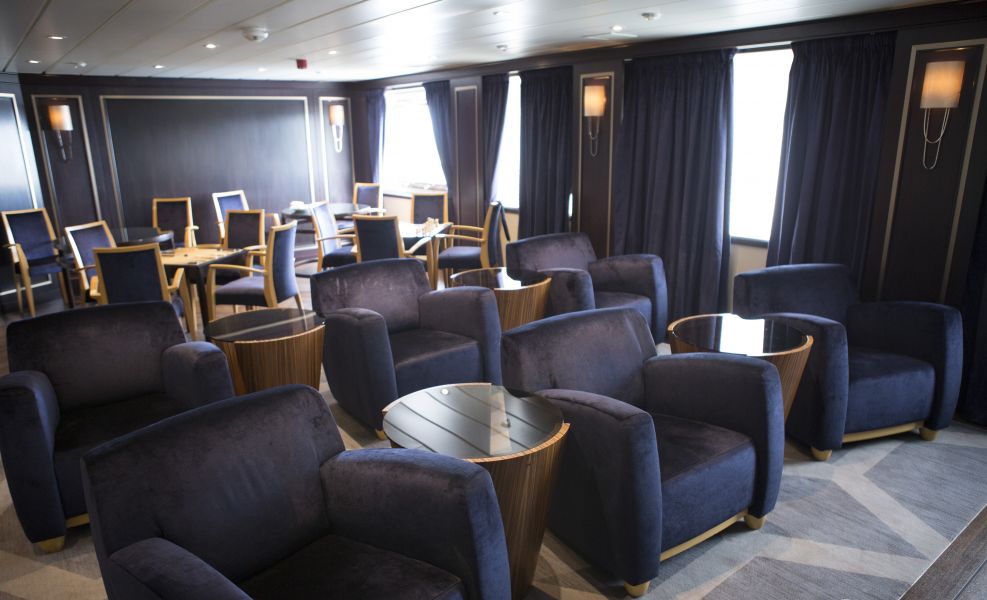
The ship’s card room is now the new Star Screening Room, where guests can view current movies.
The images shown are for illustration purposes only and may not be an exact representation of what you find on the ship.
The images shown are for illustration purposes only and may not be an exact representation of what you find on the ship.
| 7 nights aboard the Star Breeze | |||
| Port Taxes and Fees | |||
 | ABTA and ATOL Protection* | ||
Date 5th Jan 2024 |
Nts 7 |
Oceanview  |
Suite £4,295pp |
Date 5th Jan 2024 |
Nts 7 |
Oceanview  |
Suite £4,295pp |
| Suite staterooms from | £4,295pp | ||
| BS1 | Balcony Suite 1 (Deck 6) | £4,376pp | |
| CS | Classic Suite | £5,921pp | |
| DS | Deluxe Suite | £5,514pp | |
| OW | Owner's Suite | £7,140pp | |
| SBS1 | Star Balcony Suite 1 (Deck 6) | £4,539pp | |
| SBS | Star Balcony Suite (Deck 5) | £4,295pp | |
Fusion Cruises when selling travel arrangements is a trading name of The Midcounties Co-operative Ltd. Fusion Cruises is an Accredited Body Member of Midcounties Co-operative Travel Consortium. (ABTA:P6652, ATOL:6053).
Book with Confidence. We are a Member of ABTA which means you have the benefit of ABTA’s assistance and Code of Conduct.
Some of the flights and flight-inclusive holidays on this website are financially protected by the ATOL scheme but ATOL protection does not apply to all holiday and travel services offered on this website. This website will provide you with information on the protection that applies in the case of each holiday and travel service offered before you make your booking. If you do not receive an ATOL Certificate then the booking will not be ATOL protected. If you do receive an ATOL Certificate but all parts of your trip are not listed on it, those parts will not be ATOL protected. Please see our booking conditions for information, or for more information about financial protection and the ATOL Certificate go to: www.caa.co.uk
